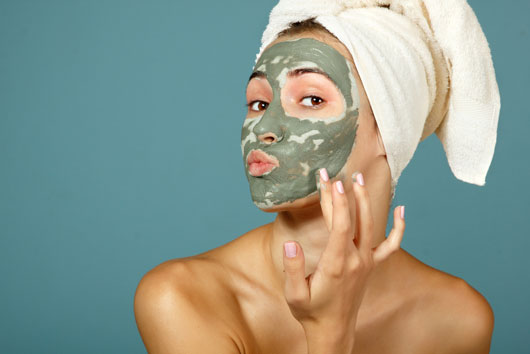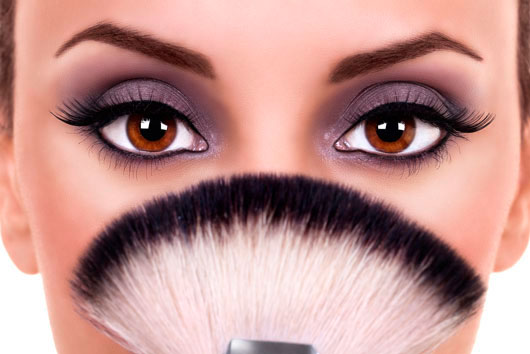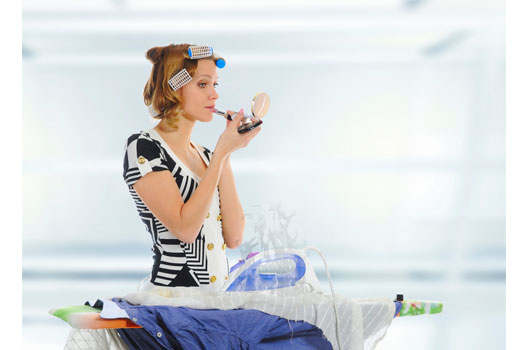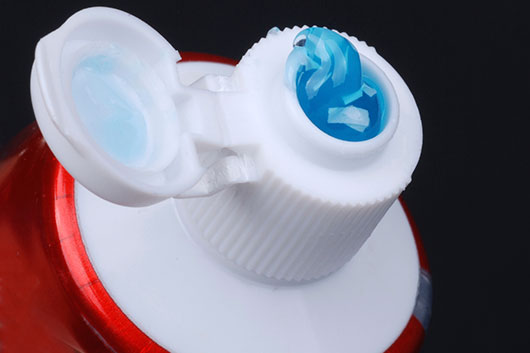
At last there’s a mud mask beauty trend that started on Instagram that truly makes sense (remember Clown Contouring?) It’s a skin care strategy called multi-masking that consists in applying two to three facial masks on different areas of your face. Its practicality is genius because very few of us actually have consistently “normal” skin all over our faces. For instance, multi-masking lets you treat an oily T-zone (forehead, nose and chin) with one mud mask while simultaneously using a hydrating option for dry areas and more delicate treatments for the sensitive areas, like under the eyes.
If you type in #mulitmasking on Instagram you’ll find loads of photos of women with sections of different color masks on their faces, each clay or serum doing its specific job. You’ll spot suggestions for a mask made of green tea to reduce T-zone oiliness, a hydrating and collagen boosting one for your forehead, and one with retinol for under your eyes to gently diminish fine lines. When Essence’s beauty editor Virginia Lowman multi-masks she applies Origins Clear Improvements Active Charcoal Mask to unclog her T-zone’s pores, DERMAdoctor Kakadu C Amethyst Clay Detox Mask to hydrate and plump up her cheeks for “a glow-from-within look.” And for that super fun late night that shows up around your eyes afterwards, she recommends Thalgo Hyaluronic Eye Patch Mask.
Read Related: Skin in the Game: 15 Surprising Ways to Rejuvenate Your Face
If you are a Kardashian with money to burn, multiple facial masks which can cost anywhere from $20-$100 per product, are a beauty treatment dream come true. But if you are looking to save, there are plenty of Instagrammers opting for making their own homemade concoctions (made of oatmeal, egg, avocado or honey, etc.) that they say work just as well. But before you go out and spend money on just any mask, Debra Jaliman, M.D., and author of Skin Rules: Trade Secrets From a Top New York Dermatologist told Women’s Health to test out products first on the area just inside your elbow (which has a texture similar to your face). Be sure to keep it on as long as you would on your face to see if there’s a reaction. If you have sensitive skin, look for products that contain aloe, chamomile and cucumber, soothing ingredients that treat irritation. Jaliman warns that people with rosacea and eczema may not be able to use masks at all since their skin is already inflamed. “They might be able to do a cucumber mask, but they have to be very careful because it could up the redness in the skin,” warned Jaliman.
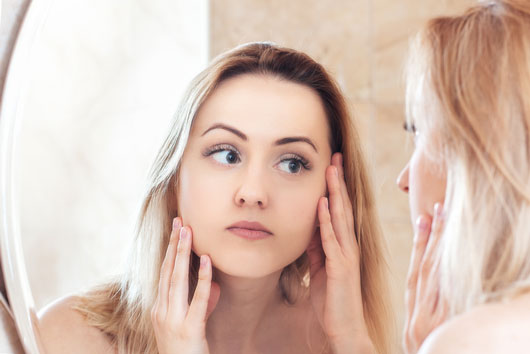
Do you have a special event coming up that you want your skin to glow for? Be aware that all skin experts strongly advise not using a new mask less than a week before a big event. Since it’s a new product that’s concentrated and sits on your face for a while, it can be a recipe for disaster. Plan ahead, do test-runs or aim for a week or two before so you have time to let your skin heal if it reacts poorly. Otherwise, multi-mask away and enjoy the perks sporting a face that’s just had the ultimate pick-me-up.

